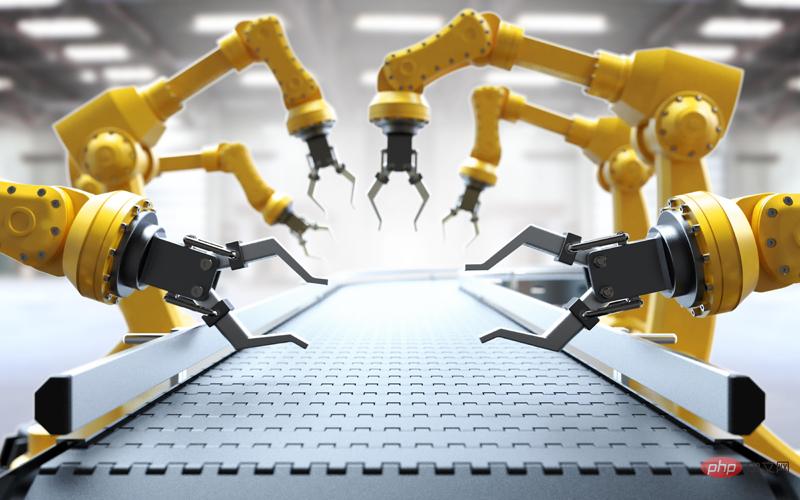
A robot is a machine that has more degrees of freedom in three-dimensional space and can realize many anthropomorphic actions and functions, while industrial robots are robots used in industrial production. Its characteristics are: programmability, anthropomorphism, versatility, and mechatronics.

The main body is the machine base and actuator, including the big arm, forearm, wrist and hand, which constitute a multi-degree-of-freedom mechanical system. Some robots also have walking mechanisms. Industrial robots have 6 degrees of freedom or even more. The wrist generally has 1 to 3 degrees of freedom of movement.
The transmission device that makes the robot run. According to the power source, it is divided into three categories: hydraulic, pneumatic and electric. These three types can also be combined into a composite drive system based on requirements. Or indirectly driven through mechanical transmission mechanisms such as synchronous belts, gear trains, and gears. The drive system has a power device and a transmission mechanism, which are used to implement the corresponding actions of the mechanism. Each of these three types of basic drive systems has its own characteristics. The current mainstream is the electric drive system.
controls the robot's actuator to complete specified movements and functions based on the robot's work instruction program and the signal fed back from the sensor.
Highly cost-effective microprocessors have brought new development opportunities to robot controllers, making it possible to develop low-cost, high-performance robot controllers. In order to make the system have sufficient computing and storage capabilities, robot controllers are now mostly composed of powerful ARM series, DSP series, POWERPC series, Intel series and other chips.
is composed of an internal sensor module and an external sensor module to obtain information on internal and external environmental status.
Internal sensors: Sensors used to detect the status of the robot itself (such as the angle between the arms), mostly sensors that detect position and angle. Specifically: position sensor, position sensor, angle sensor, etc.
External sensors: Sensors used to detect the robot's environment (such as detecting objects, distance from objects) and conditions (such as detecting whether the grabbed object has slipped). Specifically, there are distance sensors, visual sensors, force sensors, etc.
The use of intelligent sensing systems has improved the standards of robot mobility, practicality and intelligence. The human perception system is more dexterous than robots for external world information. However, for some privileged information, sensors are more sensitive than robots. Human systems are more efficient.
The end effector is a component connected to the last joint of the manipulator. It is generally used to grab objects, connect with other mechanisms and perform required tasks.
The above is the detailed content of What systems does an industrial robot consist of? What is the role of each?. For more information, please follow other related articles on the PHP Chinese website!




